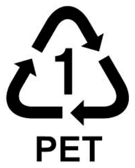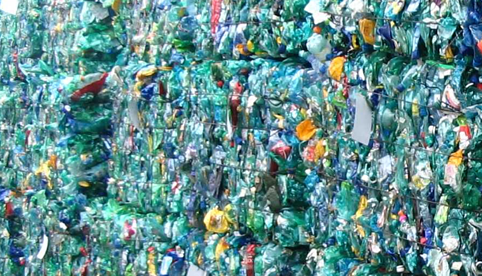The world’s most popular PET isn’t a Maine Coon cat or a Labrador Retriever… it’s a type of thermoplastic polymer which goes by its trade name of polyester in the textile industry, and polyethylene terephthalate in the plastic packaging industry. PET resin is the most commonly used polymer in the world — a naturally transparent and partially crystalline plastic which provides an virtually impenetrable moisture barrier making it ideal for plastic bottles and food packaging. When it’s combined with other materials like glass or carbon fibers, PET can significantly increase a material’s strength. Other important characteristics include its high strength-to-weight ratio (lightweight), its virtually shatterproof properties (unlike glass packaging), and its world-wide reputation as a highly recyclable plastic (unlike thermoset plastics).

PET was first synthesized in the 1940s by DuPont chemists seeking an alternative to cotton and other organic textile fibers. Produced from the synthesis of ethylene glycol and terephthalic acid, PET is ideal when weight is an issue, which it usually is, especially in food and beverage plastic packaging, because those items must often be transported long distances to end-users. Less weight means less fuel (and, hence, less money) is required for shipping PET packaging. Additionally, although the material is petroleum oil-based, it liquefies when heated to high temperatures, as opposed to burning, making it ideal for recycling. In fact, it is considered the most “green” of plastics.
The current global annual demand is about 56 million metric tons. Sixty percent of PET supplies go to the textile industry; the bottling and food packaging industry accounts for another 30%.
Chief properties of Polyethylene terephthalate (PET)
- Chemical Resistance: PET does not react with water or food, making it ideal for consumable packaging
- Strength to Weight Ratio: PET is both strong AND lightweight
- Shatterproof: PET will not break, shatter or fracture, making it vastly superior to glass for beverage applications
- Transparency: Polyethylene terephthalate (PETE or PET) is naturally semi-transparent. (That said, if extremely high transparency is desired then plastics like Acrylic or Polycarbonate might well be considered.
